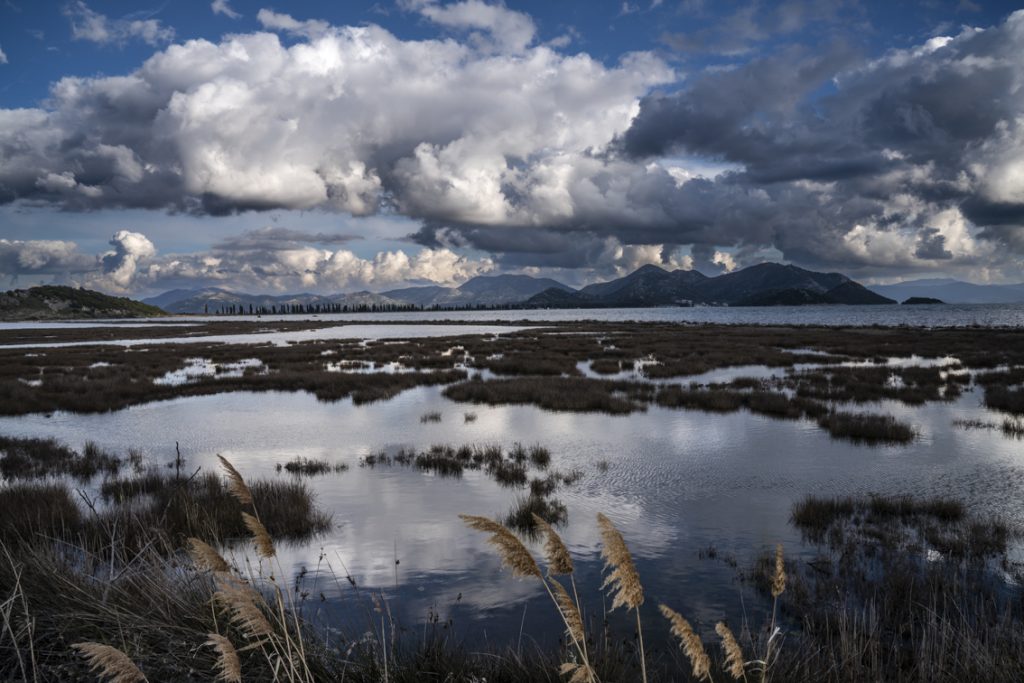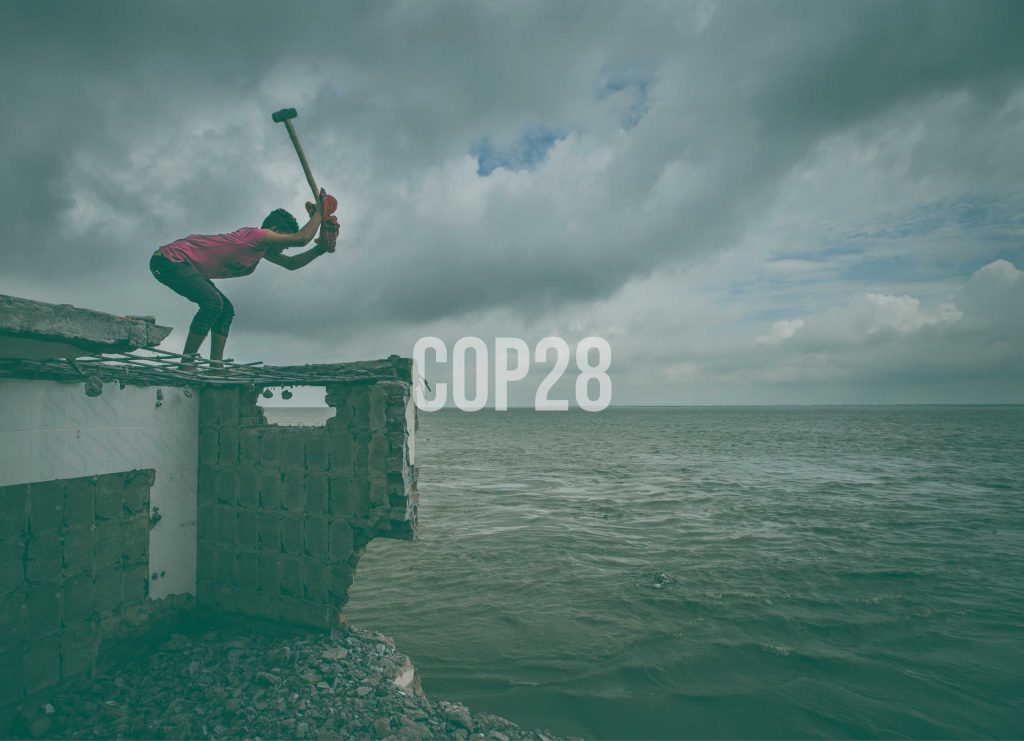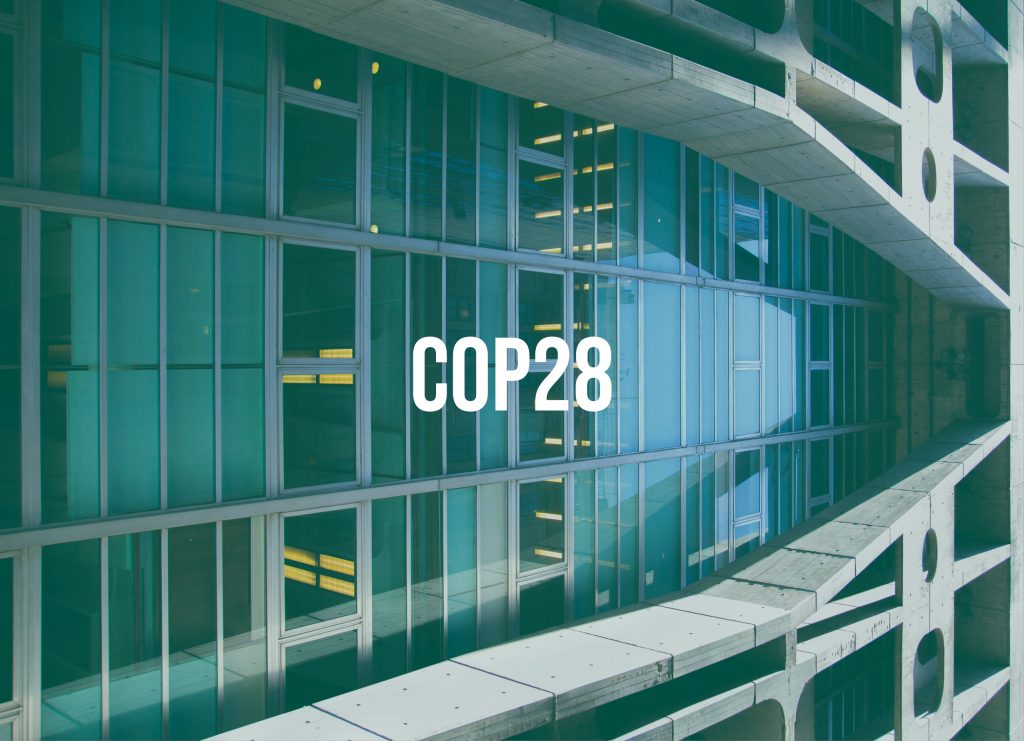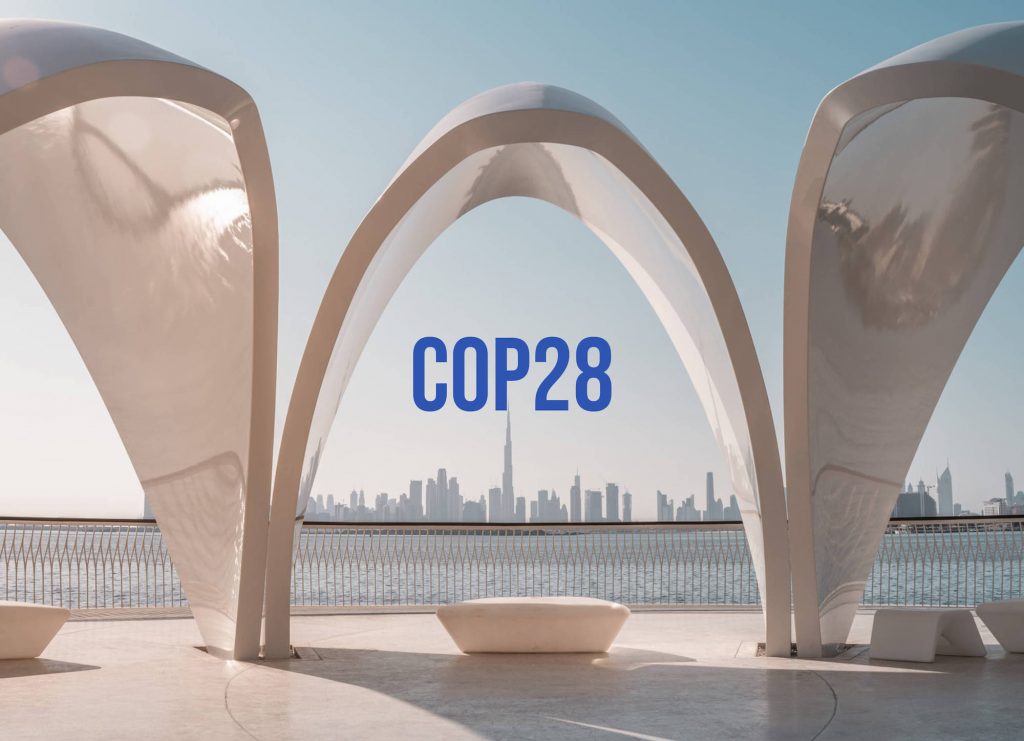
Coastline cruising: The nexus of science, society, and climate change
Science writes stories about people, communities, and cities along the thin area that separates the sea from land, where one of the most important challenges with regards to climate change is playing out. Innovation, technology, research, local communities, and global policy meet here.











